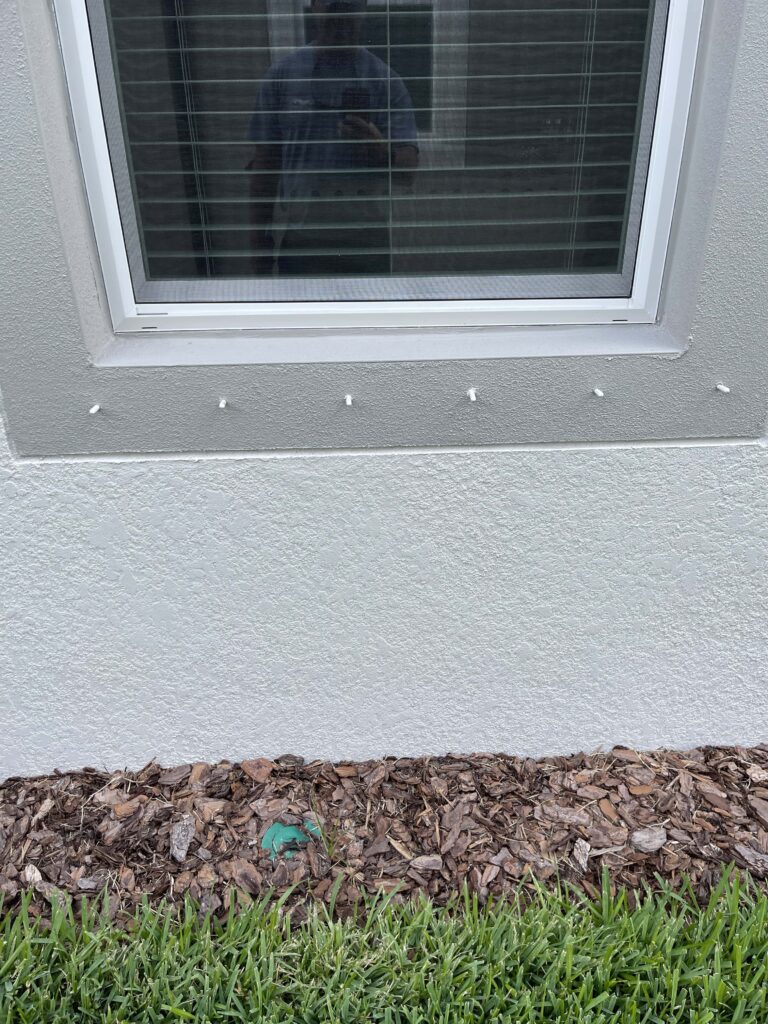- Roof Design:
- Roof Coverings:
- Roof Deck Attachment:
- Roof to Wall Attachment:
- Secondary Water Protection
- Opening Protection:
What is a Wind Mitigation and why do I need one.
A wind mitigation inspection is a proactive and beneficial evaluation that identifies features in a home that can minimize damage during windstorms, often leading to insurance benefits. Here’s what the inspection typically covers
Roof Design
Plays a critical role in wind resistance. Hip roofs have superior wind resistance slopes on all four sides that come together at the top, forming a ridge. This shape allows wind to flow more smoothly over the roof, reducing pressure on the structure. Gable roofs have two flat sides and a triangular end that can catch wind like a sail.
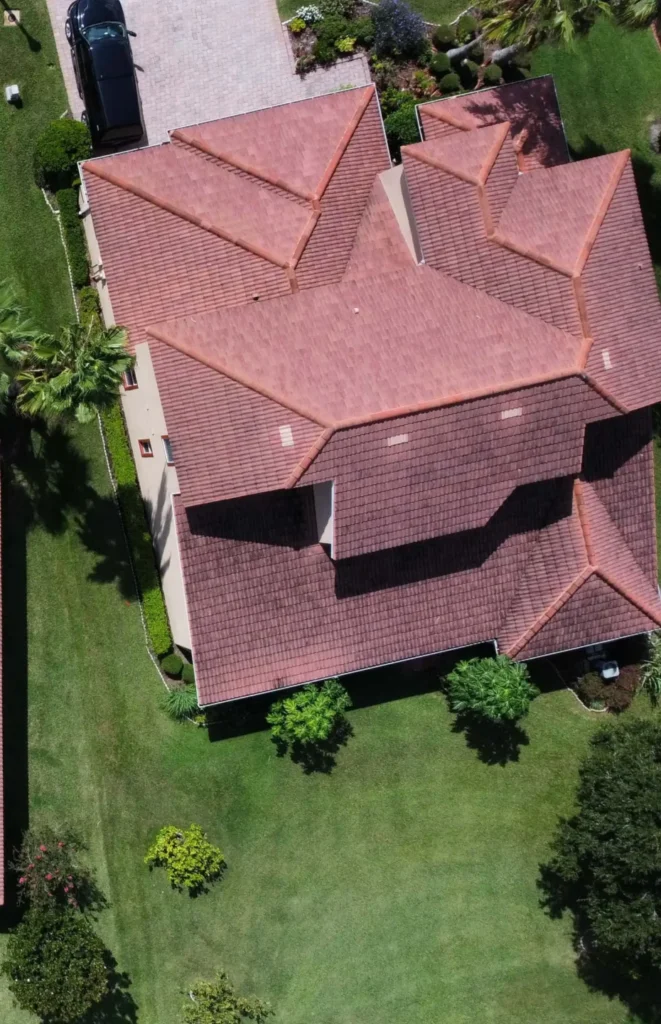
Roof Covering
Materials such as asphalt shingles, tile and metal are evaluated for signs of wear or missing shingles that can compromise the roof’s ability to withstand wind forces. Leaks or rot can also weaken the roof structure, increasing vulnerability to wind damage. Some insurance companies require at least 5 years of life left on a roof in Florida.
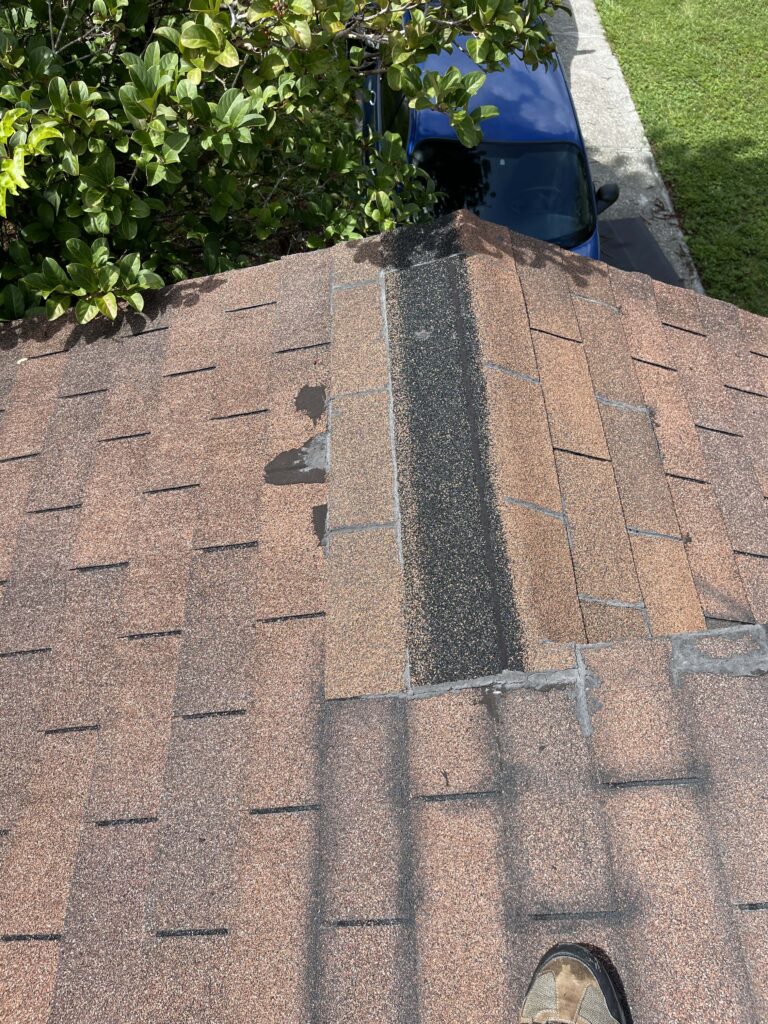
Roof Deck Attachment
is the method and strength of attachment of the roof decking material to the structural framing of the house. The size and type of nails are checked as well as the space between each nail. This plays a crucial role in the strength of the roof and its ability to withstand high winds and lift associated with storms.
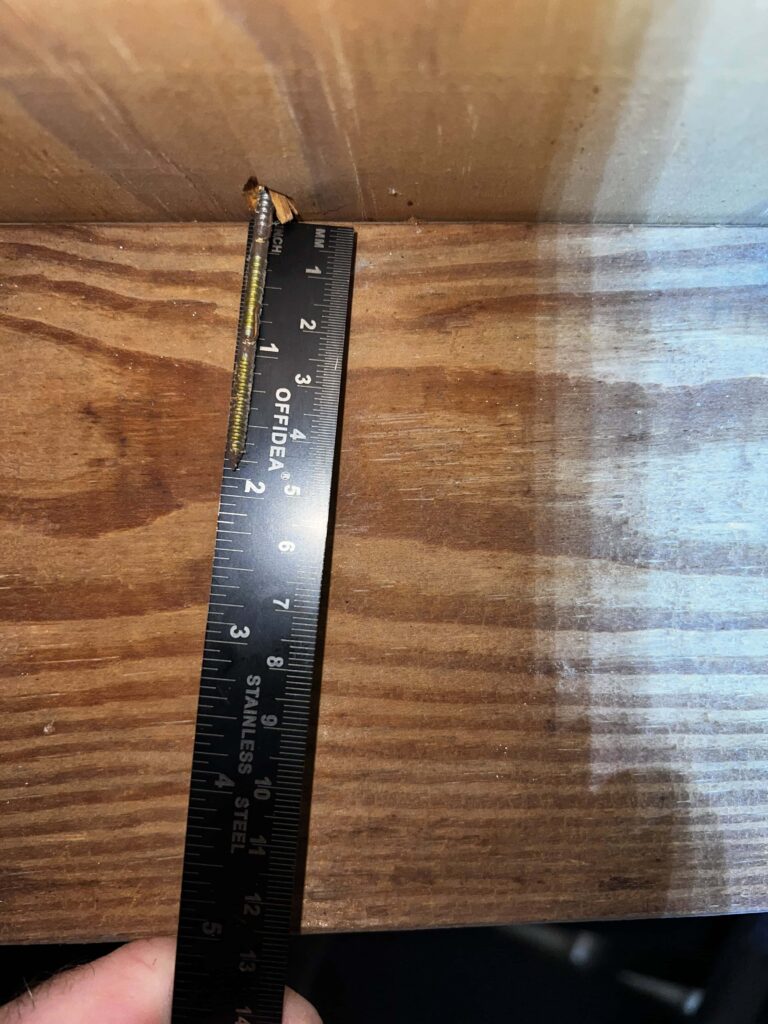
Roof to Wall Attachment
Looks at how the roof is attached to the walls of the home. Modern clips and straps are more secure types of connections during high winds. Attachment methods in older homes may not be as secure as the methods used today. Don’t worry if you don’t have these modern connection types, there are companies that can add clips or straps to your home.
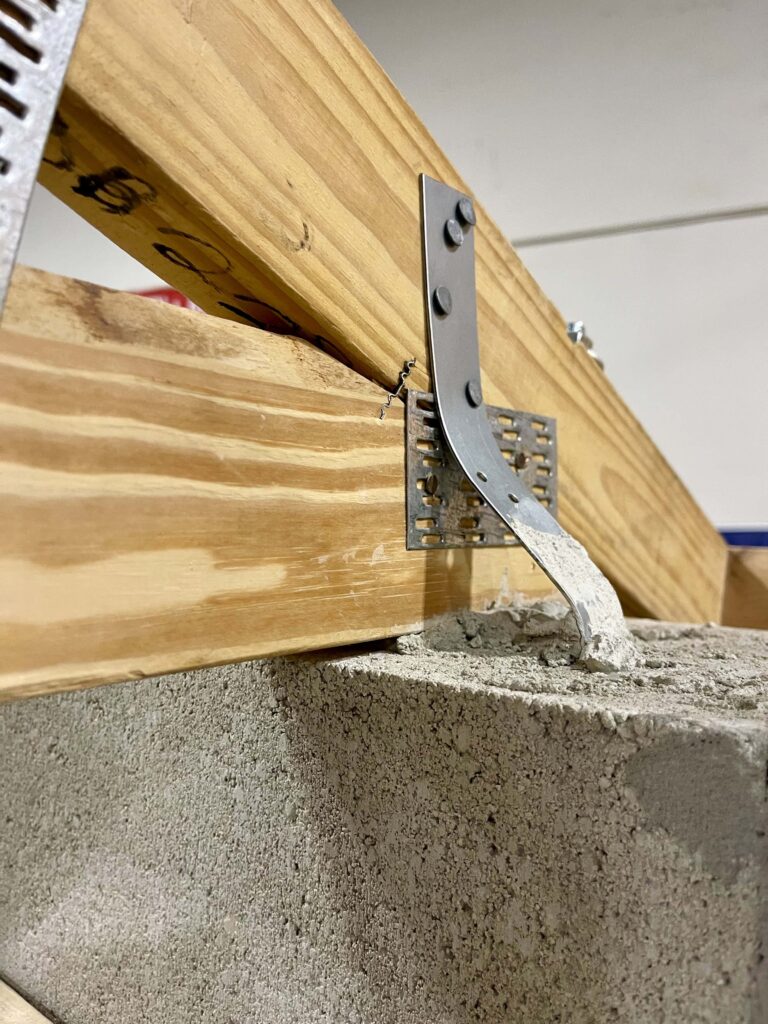
Opening Protection
The inspection includes an evaluation of windows, doors, and skylights for wind-resistant features, such as impact-resistant glazing or protective shutters that are placed over windows when there is an approaching storm. Shutters can be a more cost effective approach compared to replacing all your windows with impact glass.
